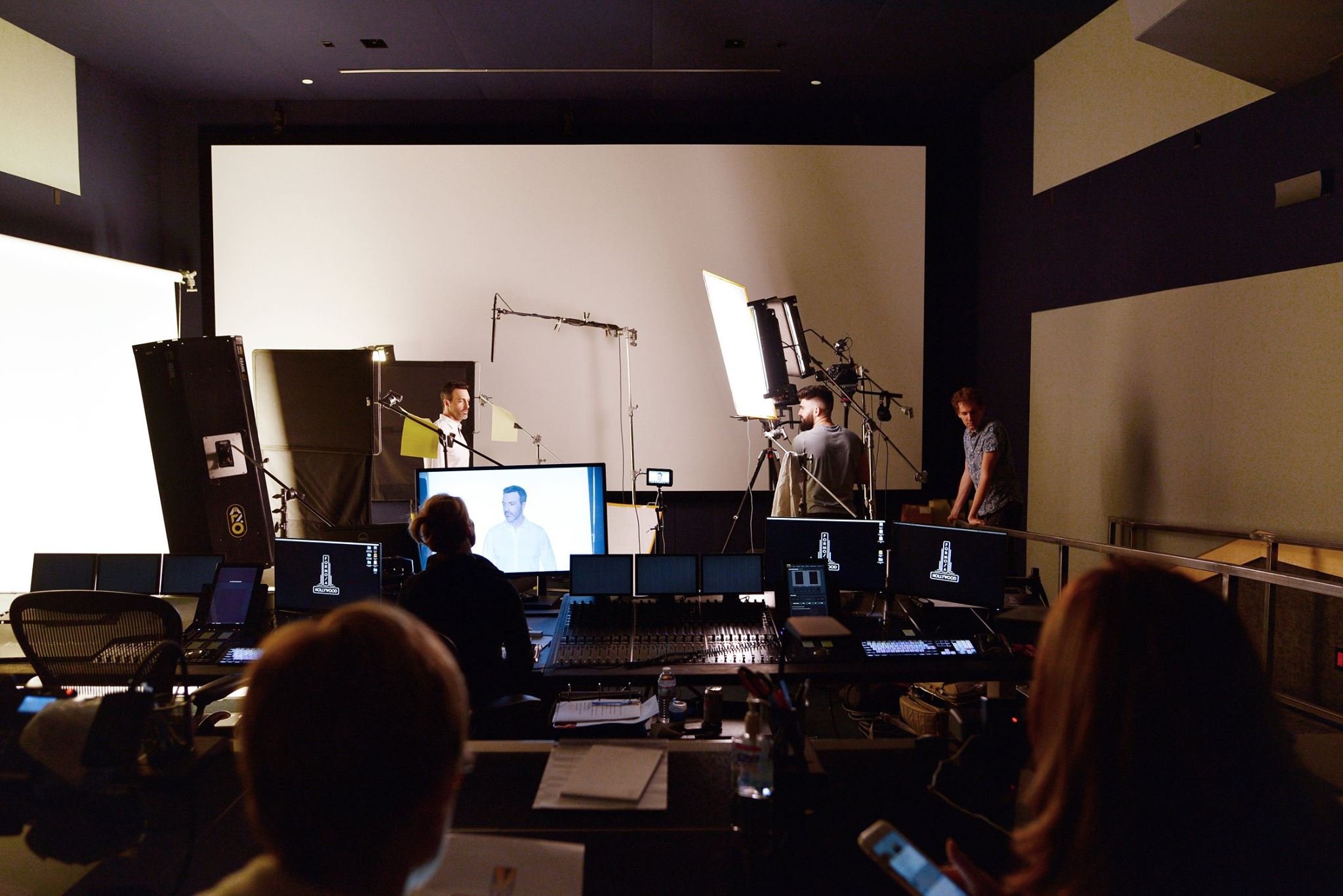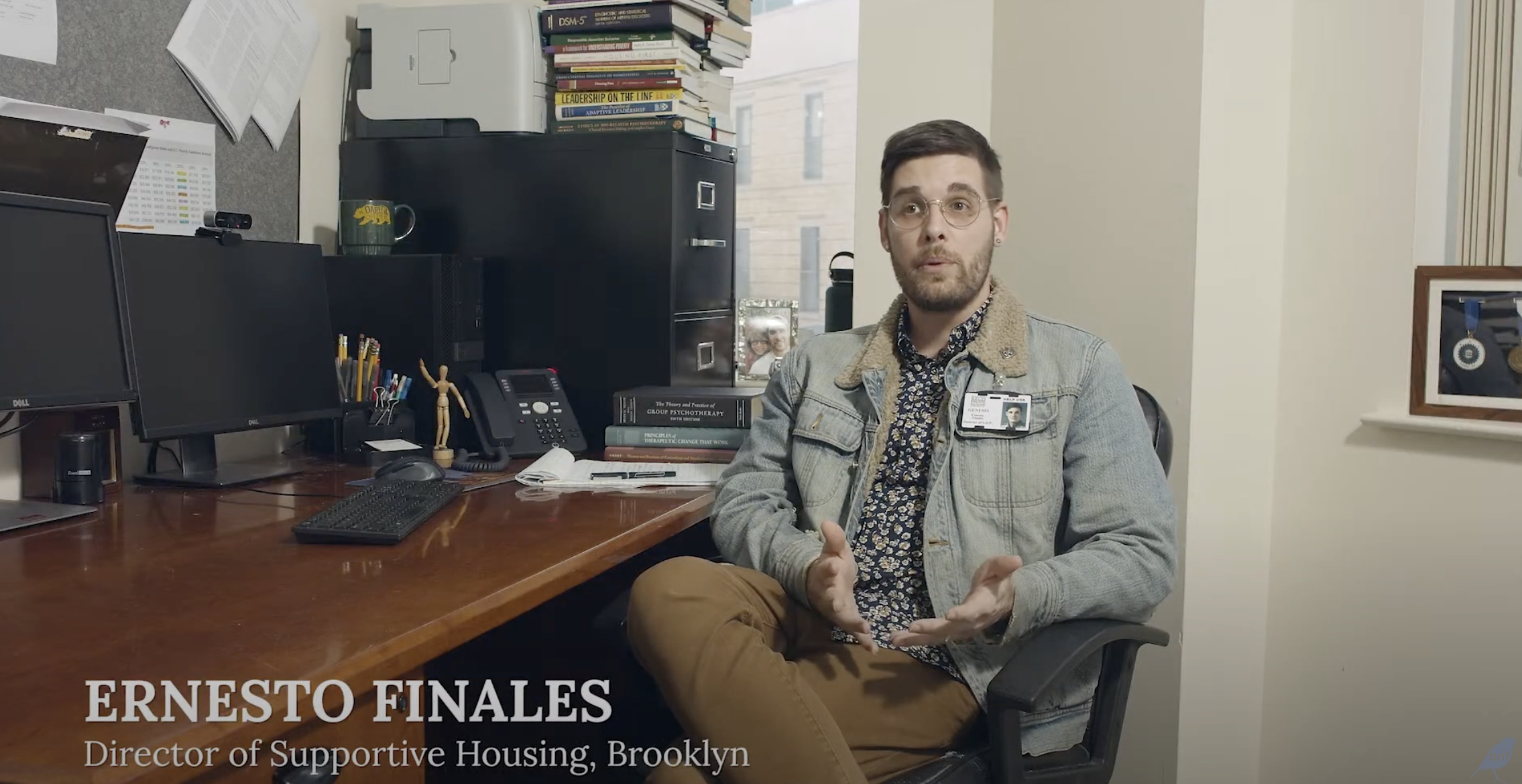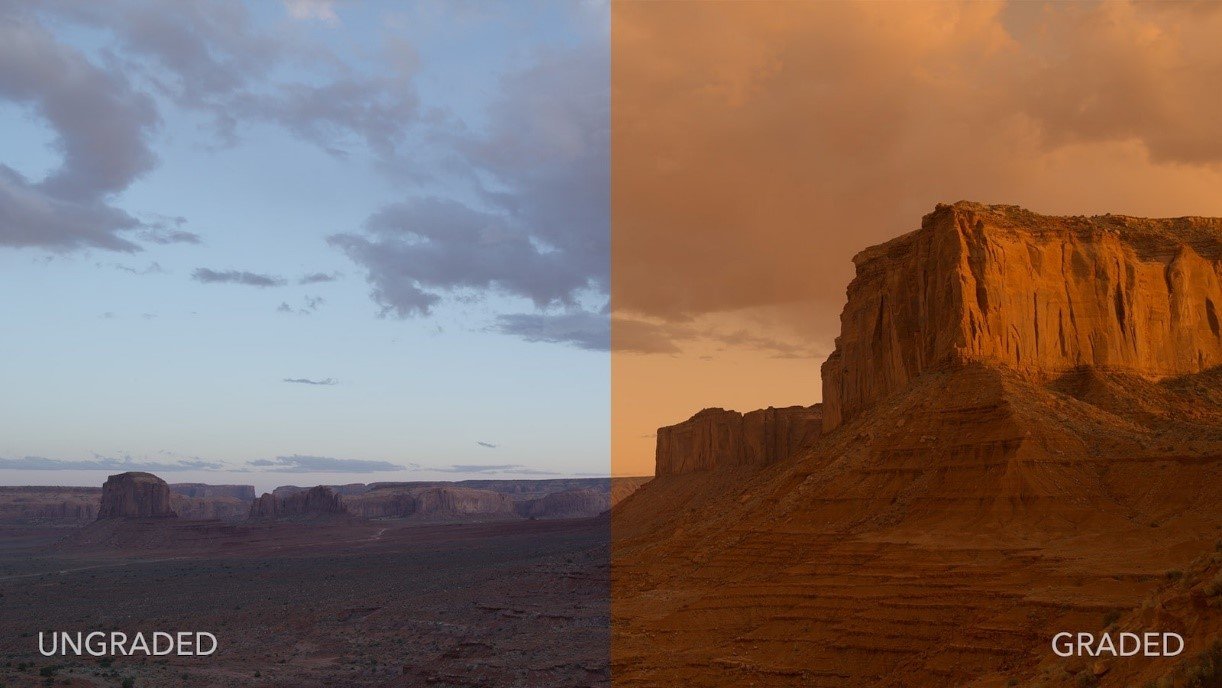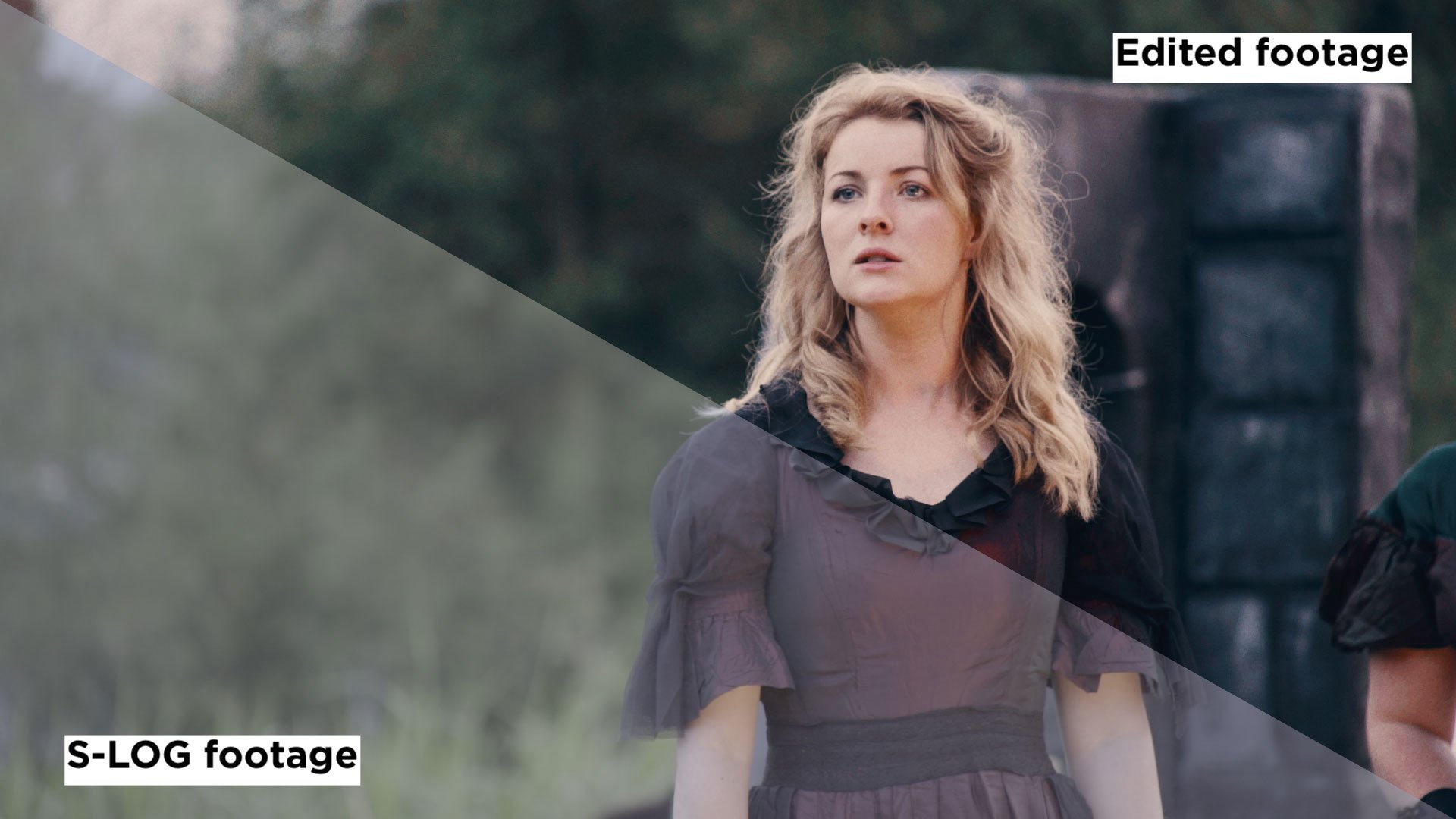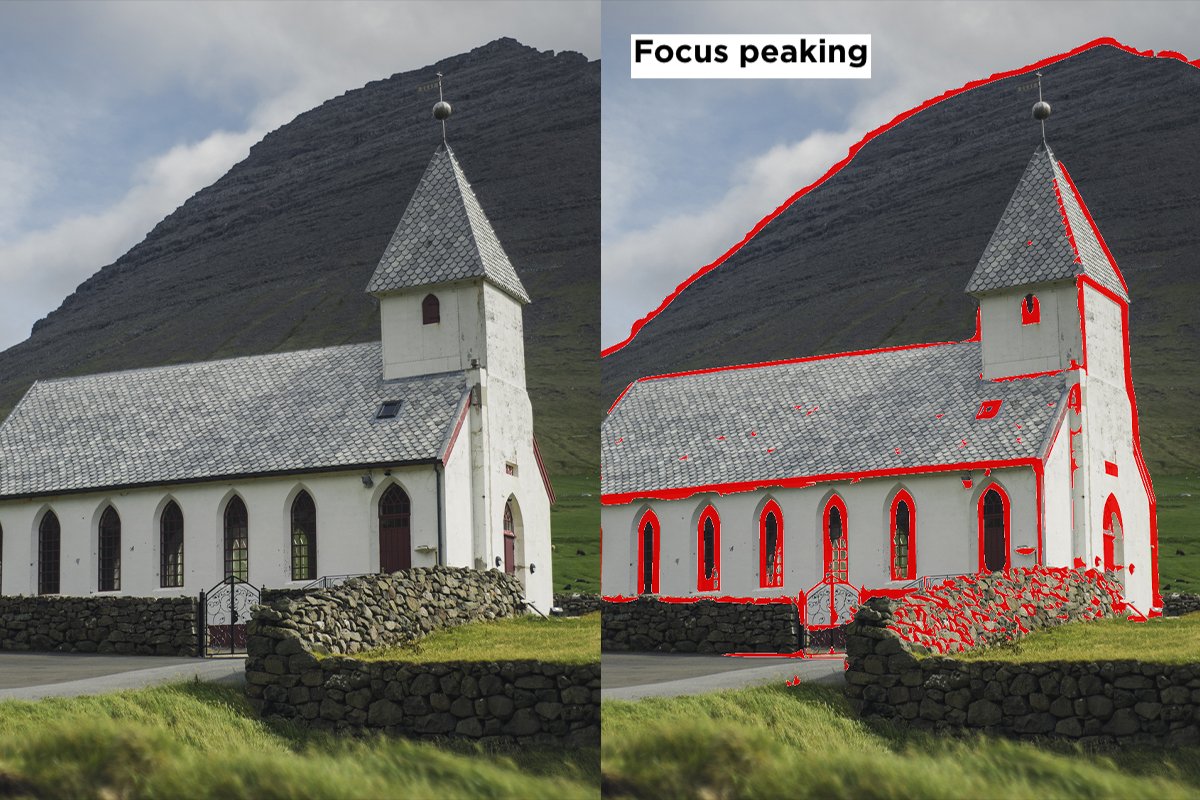13 Video Production Terms You Should Know
Why is it important to know the video production slang? And how much of it should a client know to be on the same page with the production crew? In fact, you don’t have to delve too much into the technical details of the process unless you really want to learn about it. However, if you collaborate with a production company to create a video for your business, it might be good if you know some terms and concepts. It will help you understand how the process of video production works and, thus, will make your collaboration with the production team more efficient. You can start by adding these 13 terms to your notes.
Pre-production
Pre-production is a preparation process before the actual production. It includes the development of the idea for your video, discussing the budget with a production studio, working on the script and/or a storyboard (read below), choosing a site for filming, crew scheduling, and other planning.
2. Production
Production is the actual recording of your video/film. These days, one can distinguish two modes of production - in-person and remote. An in-person production involves participants’ close interaction with the production crew on set. When you are going on set, be ready that the crew will spend some time adjusting the lights, testing the sound, applying makeup if needed, and doing a small rehearsal before recording. Remote production is usually less time-consuming than an in-person one since it does not require relocation, setting up the lights, and other things. However, it does require certain preparation from both participants and the production crew. Check out our blog post about remote production to learn more.
3. Post production (aka “post”)
Post-production - aka “post” - is the process of editing raw footage. It includes video cropping, color correction and/or color grading, sound mixing, adding special effects or graphics, etc. During post-production, it’s important that you continue collaborating with the production crew and editors. After each round of edits, you want to provide feedback for the footage and let the editors know if you want them to make more changes to the film. Please be as clear as possible and don’t hesitate to ask questions. The more details you give editors, the more chances that the final product will coincide with your vision.
4. Rough Cut
A rough cut is the first edited version of your video project. When the first round of edits is done in post-production, you will receive a rough cut and you can leave the first feedback for further edits.
5. B-Roll
B-Roll is defined as “secondary footage,” or “cutaway footage” that gives context to your story (M. Eastland-Jones). For example, if you are promoting your event-planning business, you want to show some examples of your services like the pictures/footage from the conference, wedding, or another event that you organized. B-Roll can be taken from your archives and portfolio or filmed right on the production day. Else, the editors can use stock footage as a B-Roll or add some graphics. So, if the production crew asks you now what you want to use for the B-Roll footage, you will know what it means.
6. Lower Thirds
Lower thirds are overlay graphics that appear on the bottom of the screen and oftentimes include the names and titles of speakers. Whether it is an in-person or remote production, the production crew needs to make sure that they have enough space in the frame where later they can add lower thirds.
7. Color correction & Color grading
Both terms are related to the editing process. Color correction means fixing or adjusting colors on the raw footage. The purpose is to make colors “look clean and real, as human eyes would see them in the real world” (Studiobinder). It is an essential step in the editing process. Color grading means coloring the footage to create a specific tone or mood for your video. If you are working on a creative project like a commercial, a music video, or a short feature film, color grading is a great technique to use. But if we are speaking about corporate projects or formal presentations, it might be unnecessary. You want to stick to the right format and in these cases, the color correction might be more than enough.
8. HD & 4K
These are two types of display resolution. The HD (High-Definition) resolution might be either 1920 X 1080 or 1280 X 720 pixels on the screen while 4K is the resolution of around 4,000 pixels. The latter appears to be more preferable because it provides a clearer image. However, before picking this one, consider the following:
The screen size. Filming in 4K will only make sense if you want to play your video on the big screen. Otherwise, filming in HD will be enough.
The budget. Production in 4K will be more costly since it requires extra equipment for both filming and editing (for example, more memory cards, specific software for editing, lots of time for export, etc.)
Color correction and color grading. The 4K footage makes the process of color correction and color grading easier for editors and, therefore, provides more freedom for creativity.
It’s up to you what to choose. If you are still not sure which format is the best for your project, talk to the production crew about it.
9. Jump Cut
If a person on camera accidentally stumbles over the script, it is possible to fix it either by shooting another take or by using a "jump cut” trick in post-production. “A jump cut is an editing technique that cuts between two sequential shots” (MasterClass staff). So, if editors need to hide a long pause or a mistake that a speaker made during recording, they can cut the flaw part and combine two shots making them look like one. While such a technique seems like a quick fix for a problem, it can make the video look choppy: the speaker might have changed their position or their pitch suddenly became higher, etc. It is important to keep this in mind because sometimes it is not possible to hide this in the post, especially if the production crew uses one camera (and therefore, only one angle) to film a subject.
10. S-log
To begin with, LOG, or logarithmic footage, is flat footage that preserves as much information as possible: highlights, shadows, and whites. As you check the footage right after it was shot, you might be puzzled by how desaturated the colors are on the image. Just remember that it is not the final footage yet! The purpose of filming in the S-LOG format is to provide editors with good raw material for color correction and color grading. Once the footage goes through the process of editing, the colors will look natural and vibrant.
11. Script & Storyboard
Both script and storyboard are important parts of pre-production. The script is a text document indicating who says what, and a storyboard is a collection of images where you sketch the scenes for your film and arrange them in the right order. Sometimes, it is essential to have both script and a storyboard, but it might be possible that you will only need a script. Storyboards are relevant for creative projects like music videos, commercials, or short feature films. If it is something more formal and corporate, you might want to focus on a script more than a storyboard unless you feel like the latter is essential for your project.
12. Focus peaking
Before the camera is rolling, it is always important to ensure that an object on the screen is in focus. That’s where the focus peaking function on the camera comes into play. If you happen to look at the screen while the camera operator is adjusting the focus, you might notice that some parts of an image are highlighted with a bright color (see the image below as an example). This is how the focus peaking function works - it finds edges of the highest contrast in the scene and highlights them. These multiple red dots are only visible during the recording; they will not pop up in the actual footage, so no need to worry if you happen to notice something like that on set.
13. The rule of thirds
The rule of thirds is a part of composing an image both in photography and video production. To make sure the image looks aesthetically appealing, a person behind the camera puts an imaginary grid to the screen dividing it into 9 parts. It allows them to experiment with composition and make an image pleasing to the eye. Normally, you don’t have to think about it in an in-person production when you work with a crew. But if you have to record yourself for remote production, you might want to learn more about it.
Sources:
Adam Dolan, The Most Common Video Editing Terms You Should Know. URL: https://newbluefx.com/blog/video-editing-terms/
Academy Pace, Difference Between RAW, LOG, and Rec 709 Camera Footage. URL: https://postpace.io/blog/difference-between-raw-log-and-rec-709-camera-footage/#:~:text=To%20put%20it%20simply%2C%20Logarithmic,it's%20baking%20into%20the%20image.&text=In%20Log%20footage%20the%20purpose,of%20the%20camera's%20dynamic%20range.
Catie Foertsch, Top 13 Video Production Terms Marketers Need to Know. URL: https://www.diginovations.com/top-13-video-production-terms-marketers-need-to-know/
MasterClass staff, How to Use Jump Cuts in Film: 3 Examples of Jump Cuts. URL: https://www.masterclass.com/articles/how-to-use-jump-cuts-in-film
Matt Eastland-Jones, What is B-Roll? URL:
Shawn C. Steiner, What is Focus Peaking? URL: https://www.bhphotovideo.com/explora/photography/tips-and-solutions/what-focus-peaking

